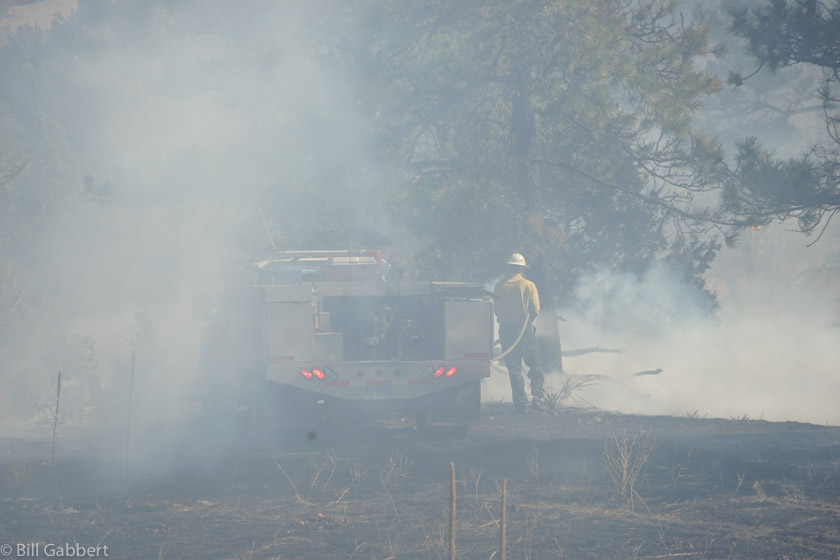On March 1 the Predictive Services section at the National Interagency Fire Center issued their Wildland Fire Potential Outlook for March through June. The data represents the cumulative forecasts of the ten Geographic Area Predictive Services Units and the National Predictive Services Unit.
Below are the highlights of their report. Following that are NIFC’s graphical outlooks for April through June, NOAA’s temperature and precipitation forecasts, and the NOAA/USDA Drought Monitor.
****
“A typical transition of fire season activity is expected this spring beginning with the southern tier of the country. Fire activity will increase across portions of the southern plains and along the Atlantic Coast from the Carolinas south through Florida where the heavy loading of dry fuels coupled with warmer and drier than normal conditions is expected to create a potential for above normal fire activity. The increase in fire activity will be most noticed during high wind and low humidity weather events brought on by the seasonal transition from winter to spring. Other locations across the nation will see an increase in pre-green up fire activity as well, but this is not unusual. Southeastern Georgia and Florida may show a more significant increase in fire activity due to the emergence of long term drought conditions. Wetter than normal conditions across the Lower Mississippi River and Tennessee River Valleys are expected to lead to below normal fire potential during March. Look for the areas with below normal potential to be scaled back to mainly Tennessee and Kentucky from April onward as precipitation amounts received decrease to normal levels.
“Entering the latter periods of the outlook, Florida and Southeastern Georgia will remain in an elevated state for fire potential as drought lingers. The Southwestern and Alaskan fire seasons will begin in May as is typical. While normal fire season activity is expected across a majority of both regions, there are areas within both regions where an elevated potential for fire activity exists. Areas along and east of the Continental Divide in New Mexico have been and are expected to experience warmer and drier than normal conditions. In Alaska, the south central portion of the state has been abnormally dry which has resulted in a winter snowpack that is below normal. Given expected warm and dry conditions in May and June, an above normal potential for fire activity is expected to exist. Below normal fire potential is expected across the Central Rockies and the Sierra Mountains along the California-Nevada State line where the abundant winter snowpack should translate to a later than normal melt-off which could delay the start of the western fire season in the higher elevations.”
****
**** Continue reading “Wildfire potential, March through June”










